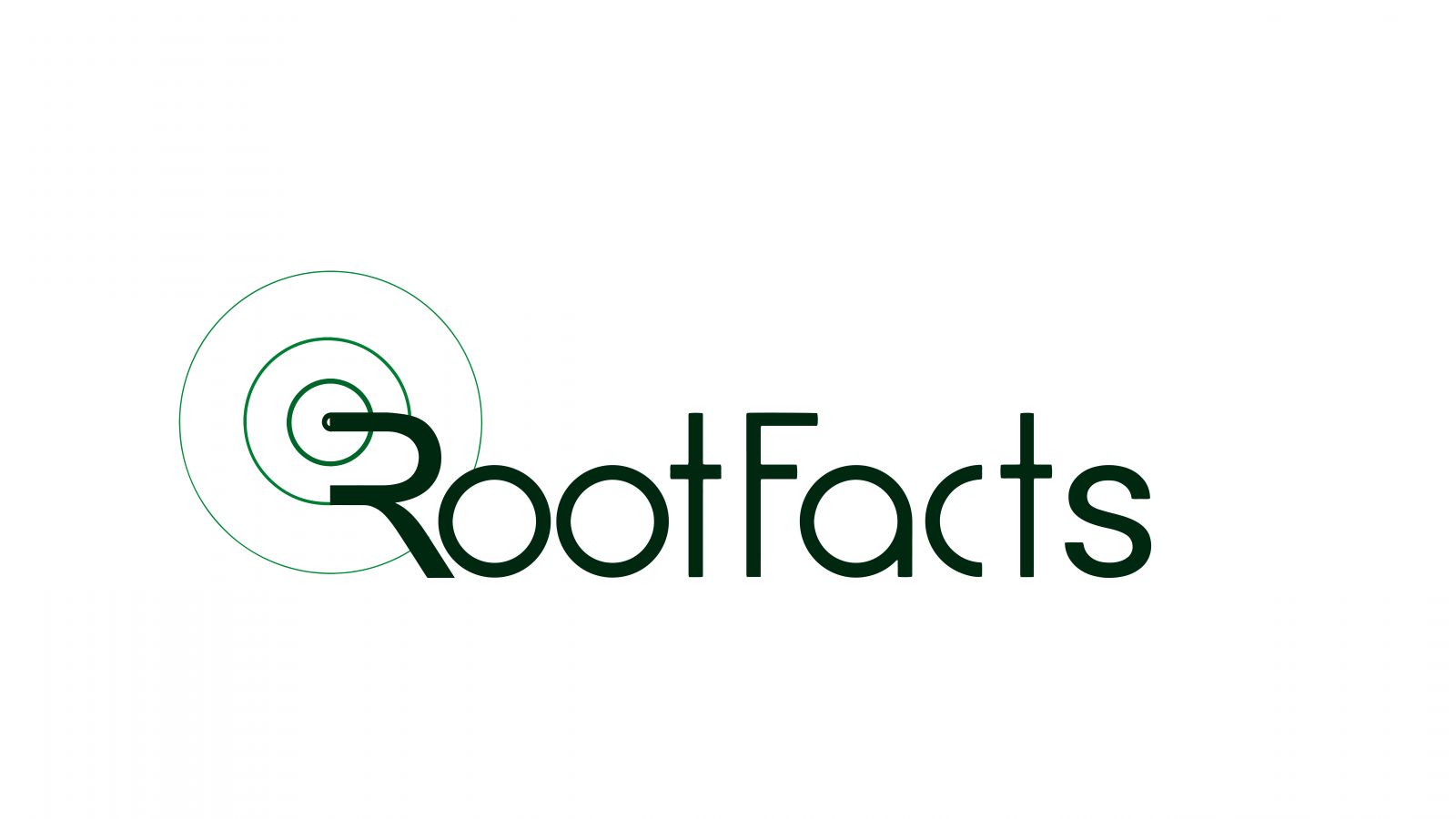
Industrial IoT use cases: Enhanced Performance by Reducing Risks
Technology based on the Industrial Internet of Things (IIoT) offers the unmatched potential to improve productivity by reducing costs and streamlining processes. With the use of automation and data-driven insights, IIoT can improve asset maintenance and increase labor productivity. But there are still issues with the mainstream adoption of IIoT.
Wireless automation is a key component of Industry 4.0, the smart technology-enabled revolution of industrial processes. But are the difficulties of IIoT adoption worth using this technology in a world with heightened cybersecurity risk?
What Industrial IoT Offers?
First, let us define IIoT and discuss how it might streamline the operational procedure. IIoT refers to the use of interconnected smart devices to track, automate, and forecast a variety of industrial procedures and results. From improved worker safety provided by factory floor monitoring systems to the potential for predictive maintenance that is already transforming the fleet management sector, these technologies provide it all.
The widespread usage of such technology greatly impacts how productively supply chains, manufacturers, and warehouse managers operate. Greater results are enabled by IIoT with the usage of a data-driven approach ( data analytics). Irrespective of the type of business, IoT has the following impact on them, such as:
- Operational efficiency
- Reduced expenses
- Quality goods
- Better decision-making capability
- Minimized system breakdown
In short, your workspace can be more productive through automation and a data-driven approach to IoT devices. Industrial businesses can streamline procedures like never before, in which energy consumption is reduced, product efficiency is improved, and business data are analyzed well. The use of IIoT in predictive maintenance alone has the potential to result in significant savings in the balance sheet of the respective company.
Manufacturing IoT use cases
The IIoT has practically unlimited possibilities for innovation. However, this technology is mostly used in various categories within industries, with positive outcomes. To help you understand what effectively implemented smart devices can accomplish, the following examples of IIoT uses in each of these areas are provided:
Remote Monitoring
Local displays are provided in the radars and sensors so that operators can easily manage different levels of operation from a single dashboard. These systems make it simple to measure moving and rotating machinery, providing operators with constant real-time feedback on the equipment’s performance. Predictive maintenance is therefore made possible by the insights this provides about the general equipment life cycles and repair requirements.
Maintenance Planning
Drones equipped with equipment monitors and sensors are employed in the power sector to keep an eye on powerline networks and assess threats. These drones can foresee situations like calculating the likelihood that a tree will fall on a wire, necessitating expensive maintenance, and repair, etc. Companies will be alerted in this manner before the disasters are yet to happen. This makes it possible to make affordable repairs and take action before any damage has even been done. It also helps in avoiding the sudden breakdown of machinery which would impact production and other operational procedures.
Supply Chain Management
In industrial settings, keeping track of assets is very important because it influences total productivity. Equipment and machinery tracking throughout the supply chain is made significantly easier with sensors and RFID tags. IIoT can assist staff in working more swiftly and productively by taking inventory of the assets in warehouses and immediately locating them. Organizations have visibility and can quickly make supply chain decisions thanks to real-time data on material availability.
Transparency in production
Supervisors must physically watch and examine the shop floor in sectors like manufacturing to evaluate performance and spot issues. IIoT links tools, machines, and sensors to deliver real-time data. This information provides operators, managers, and other stakeholders with a comprehensive understanding of the production process. This leads to the identification of bottlenecks causing production delays in addition to helping operators operate more productively. The IIoT’s improved production visibility can improve the efficiency of processes and systems as well as product quality.
The proper implementation of IIoT in the manufacturing sector results in remarkable precision and efficiency throughout the business process. To achieve maximum results companies must first consult trusted IoT service providers to get a basic idea about planning and implementing the IoT ecosystem.
Things to keep in mind while implementing IoT
One can never rule out the benefits of IoT across various sectors. As already mentioned since IoT is primarily data-driven technology, IoT components are susceptible to cybersecurity concerns just like any other networked device. Hence proper evaluation and planning are needed for the implementation of these technologies to their fullest potential. So
considering these following aspects while dealing with IoT technology will ensure the creation of a safe working ecosystem irrespective of the place IoT is been implemented. Here are the risks that one needs to be careful of while working in an IoT ecosystem
- KPIs are not in line with corporate objectives.
- misaligned organizational structure
- insufficient IoT experience
- Security risks with IoT
One could face a severe financial crisis if one neglects any of the above IoT risks. Similar to a car that has been compromised by malware or hacking, an autonomous machine can endanger employee safety. Running a cybersecurity risk assessment at regular intervals throughout the IIoT device’s lifecycle and training employees on the right deployment are necessary to address many of these difficulties.
Final Thoughts
If you are thinking about incorporating IoT into your business, you are moving in the right direction. However, good personnel coordination and training are necessary for properly integrating such devices. IIoT sensors and autonomous machines can provide organizations with insightful data as part of the future of all industrial workplaces, but resolving typical issues like cybersecurity risks needs assistance. Rootfacts help you in updating your enterprise with the trending technology.
Our expert team would assist you in implementing cloud computing, IoT, big data, and automation technologies. Do visit us at Rootfacts to know more about the service we provide to the clients. Rootfacts is ever ready to be part of your company’s success story by implementing technology that drives today’s world.


